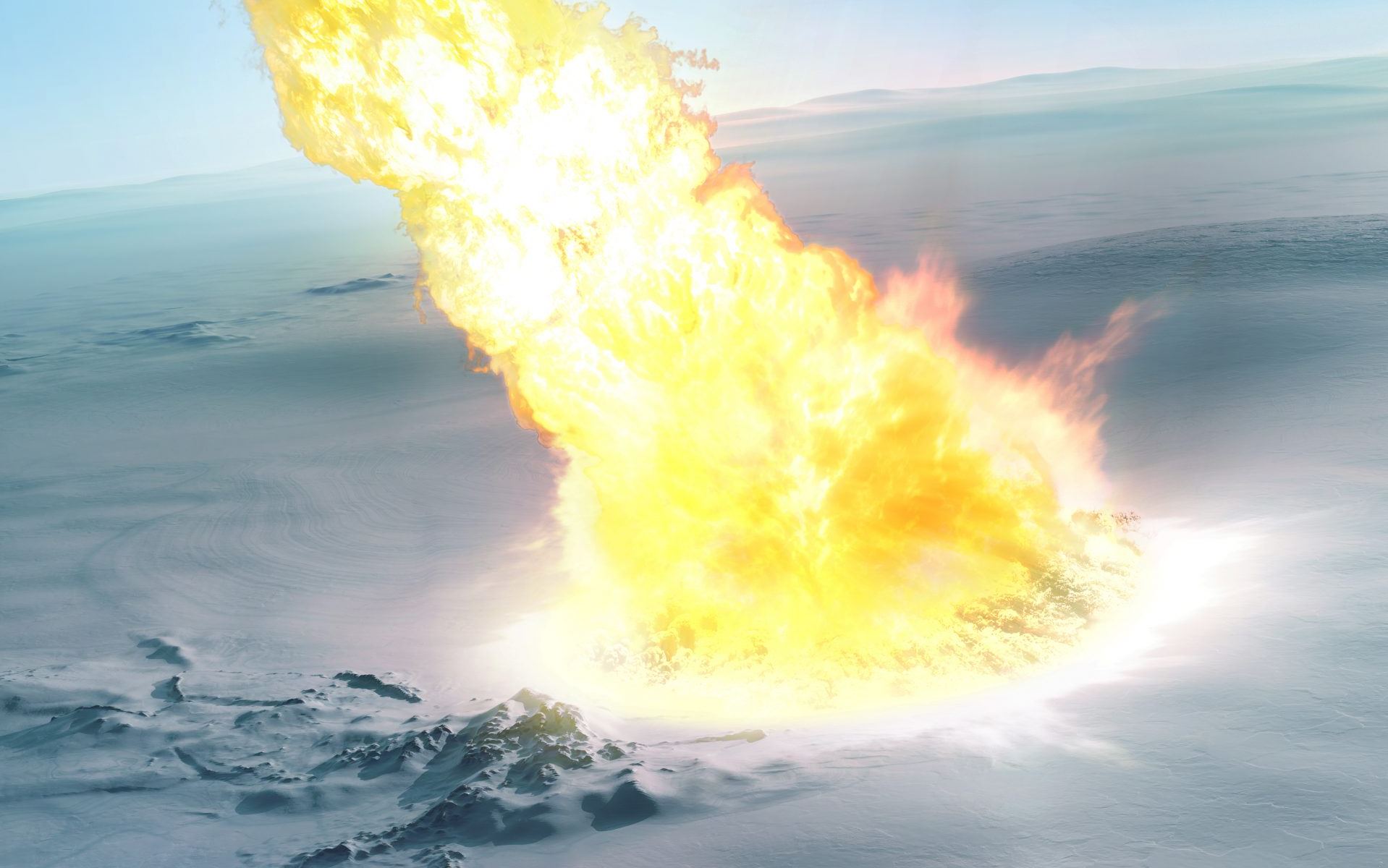Since they were formed in the early solar system, many meteorites offer an unadulterated view into what that solar system was made out of, or what happened to it as we reported before. Recently a team of researchers led by Maggie Thompson at University of California Santa Cruz (UCSC) took a look at the chemical composition of three different chondritic meteorites, which have largely been untouched since before the planets were formed. Their composition was different than current models predicted, and could lead to a better understanding of early planetary atmospheres.
Continue reading “Meteorites Hold Early Atmospheres From Across the Solar System”100-meter Asteroid Created a Strange Impact Event in Antarctica 430,000 Years Ago
The effects of ancient asteroid impacts on Earth are still evident from the variety of impact craters across our planet. And from the Chelyabinsk event back in 2013, where an asteroid exploded in the air above a Russian town, we know how devastating an “airburst” event can be.
Now, researchers in Antarctica have discovered evidence of a strange intermediate-type event – a combination of an impact and an airburst. The event was so devastating, its effects are still apparent even though it took place 430,000 years ago.
Continue reading “100-meter Asteroid Created a Strange Impact Event in Antarctica 430,000 Years Ago”The Surprising Discovery of Ceramic Chips Inside Meteorites Means There Were Wild Temperature Variations In the Early Solar System
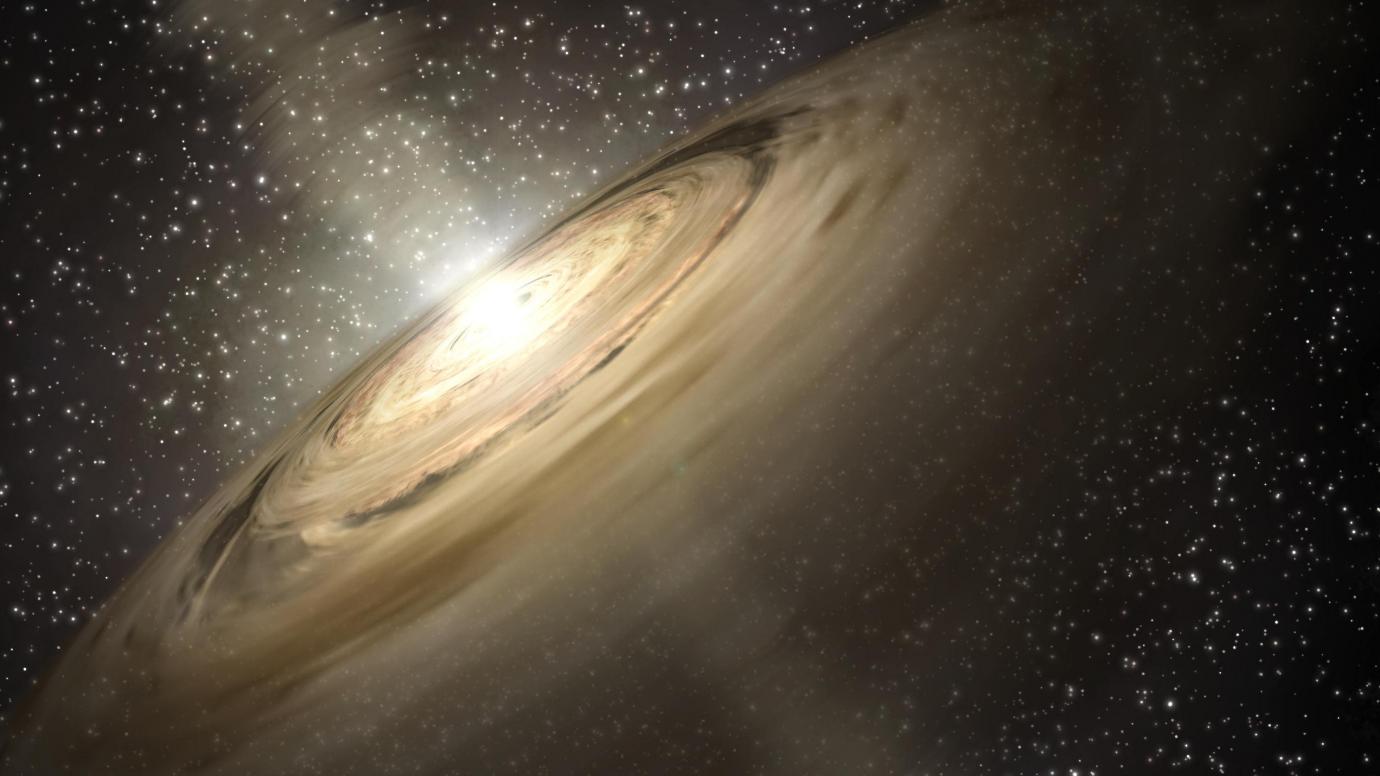
Meteorites are excellent windows into early solar system formation. Many were formed in the those early days, and unlike rocks on the Earth, most are not affected by billions of years of tectonic activity that wipes away any of their original structure. Recently a team led by Nicolas Dauphas and Justin Hu at the University of Chicago (UC) found that the formation process for many of these meteorites was much more violent than previously thought.
Continue reading “The Surprising Discovery of Ceramic Chips Inside Meteorites Means There Were Wild Temperature Variations In the Early Solar System”Chinese Asteroid Mining Robot Due to Launch in November

Does it seem like science is catching up with science fiction? Sometimes it does. Especially when there’s an announcement like this one.
A Chinese company says that they’ll be launching an asteroid-mining robot by November.
Continue reading “Chinese Asteroid Mining Robot Due to Launch in November”Ancient Meteorites Can be Found Embedded in Rocks, Like Fossils
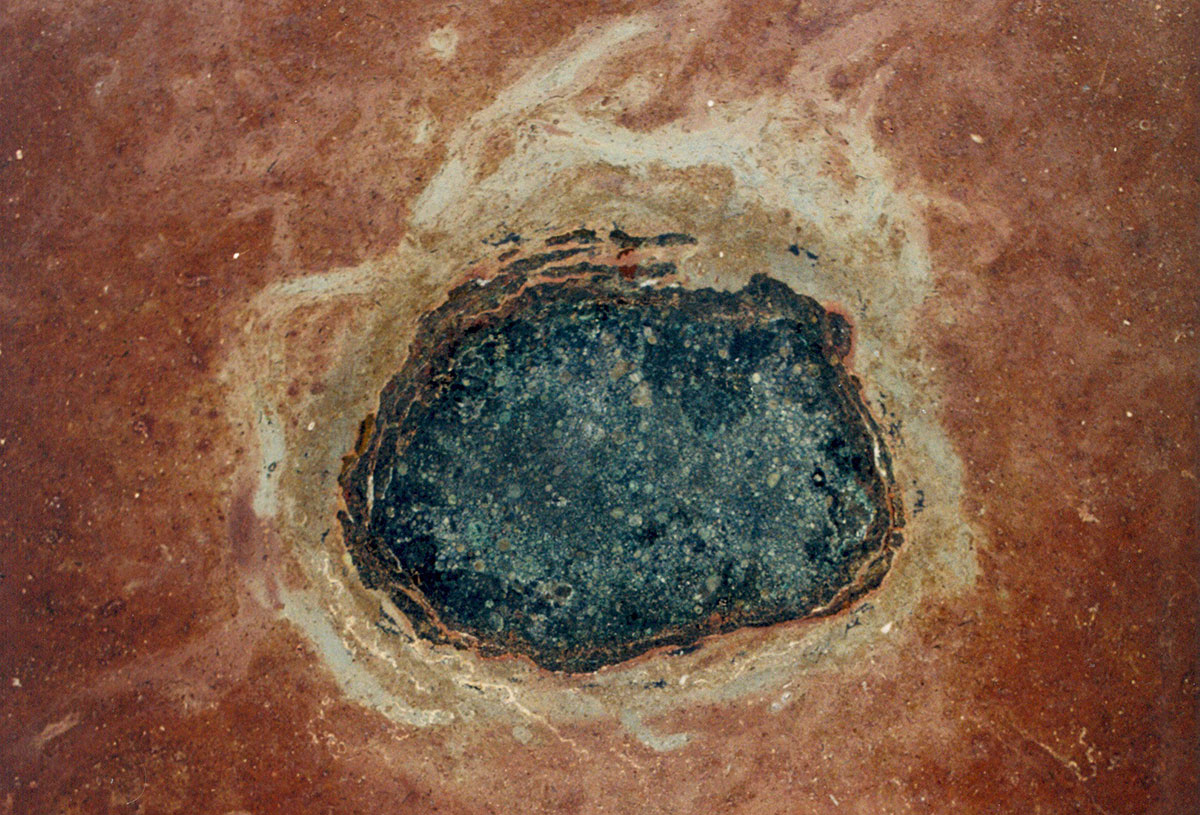
Comets visit the inner Solar System, and leave without saying goodbye. Maybe they leave a trail of dust behind, and when the Earth passes through it, we get a pretty light show in the night sky, in the form of a meteor shower. Likewise, asteroids frequently go whizzing by, though they don’t leave us with a pyrotechnic display.
Sometimes these rocky interlopers head straight for Earth. And when they do, the results can be cataclysmic, like when an asteroid struck Earth about 66 million years ago, wiping out the dinosaurs and 75% of life on Earth. Other times, it’s not quite as cataclysmic, but still devastating, like in about 2350 BC, when debris from a disintegrating comet may have caused the collapse of an ancient empire.
But regardless of the severity of any of these individual events, the conclusion is crystal clear: Earth’s history is intertwined with the coming and going of space rocks. The evidence is all around us, sort of.
Continue reading “Ancient Meteorites Can be Found Embedded in Rocks, Like Fossils”A Group of Meteorites All Came From a Destroyed Planetesimal With a Magnetic Core

Before our Solar System had planets, it had planetesimals. Scientists think that most of the meteorites that have struck Earth are fragments of these planetesimals. Scientists also think that these planetesimals either melted completely, very early in their history, or that they remained as little more than collections of rocks, or “rubble piles.”
But one family of meteorites, that have been found spread around the world, appear to come from a planetesimal that bucked that trend.
Continue reading “A Group of Meteorites All Came From a Destroyed Planetesimal With a Magnetic Core”Terrible Luck. The Only Person Ever Killed by a Meteorite – Back in 1888
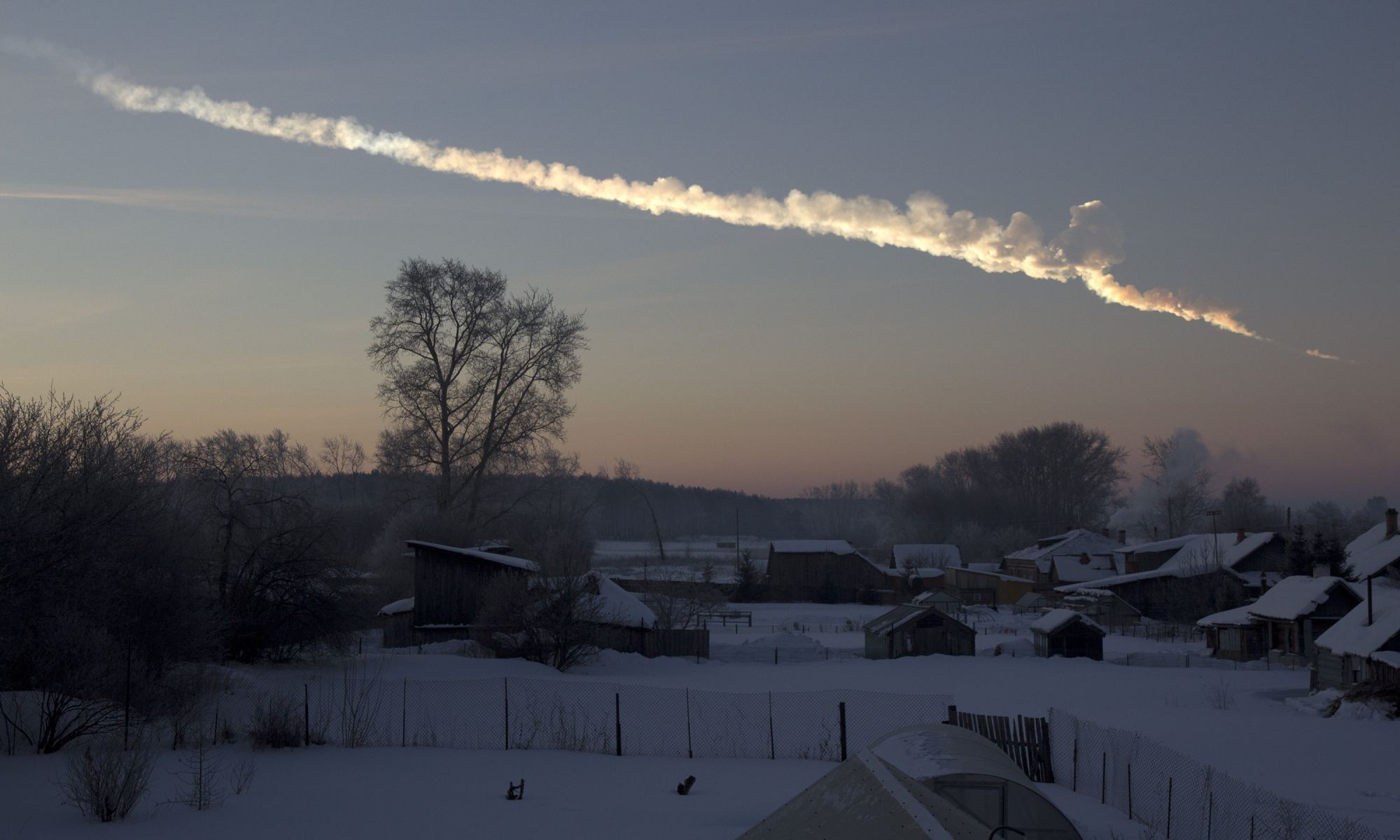
What are your chances of getting smacked – and killed — by a meteorite? One astronomer put the odds of death by space rock at 1 in 700,000 in a lifetime, while others say it’s more like 1 in 1,600,000.
Computing the probability for such an untimely death is difficult because this type of event is so rare. In fact, even though thousands of meteorites are thought to hit the ground each year, in looking through the annals of meteorite history, there seemed to be no evidence that anyone had ever been killed by a meteorite. Until now.
Continue reading “Terrible Luck. The Only Person Ever Killed by a Meteorite – Back in 1888”Almost 800,000 Years Ago, an Enormous Meteorite Struck Earth. Now We Know Where.

20% of the surface of Earth’s Eastern Hemisphere is littered with a certain kind of rock. Black, glossy blobs called tektites are spread throughout Australasia. Scientists know they’re from a meteorite strike, but they’ve never been able to locate the crater where it struck Earth.
Now a team of scientists seems to have found it.
Continue reading “Almost 800,000 Years Ago, an Enormous Meteorite Struck Earth. Now We Know Where.”A Distant Asteroid Collision Gave Earthly Biodiversity An Ancient Boost
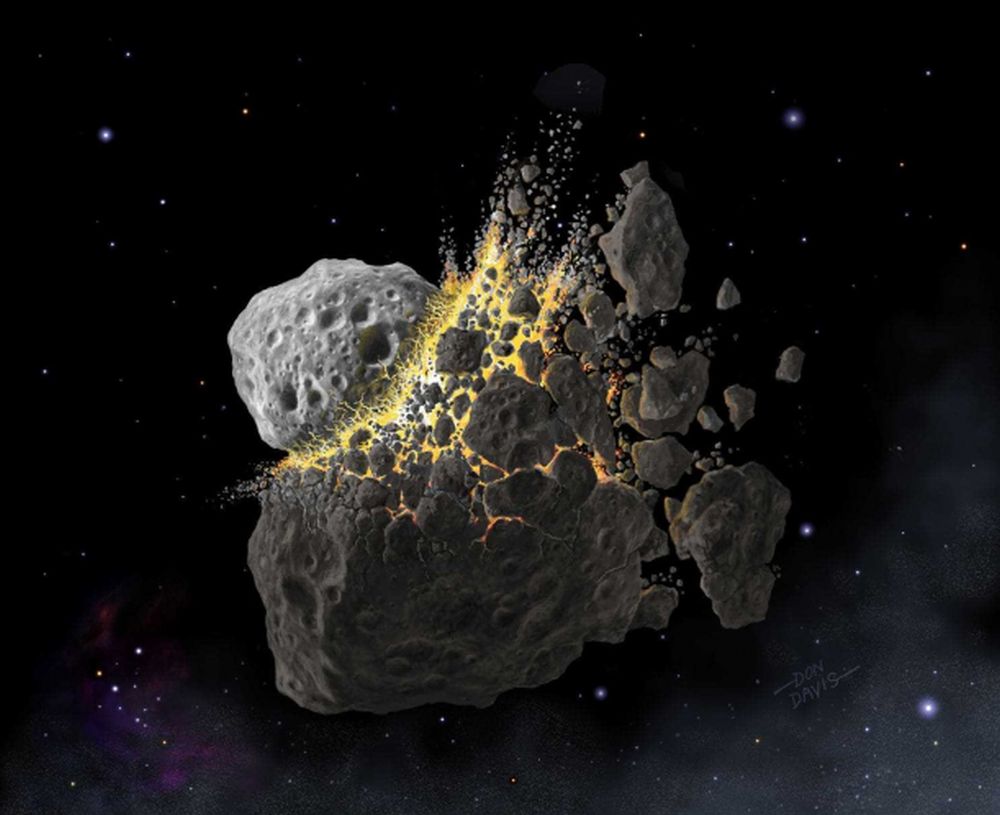
About 466 million years ago, there was an asteroid collision in the asteroid belt between Mars and Jupiter. The collision caused the breakup of a major asteroid, creating a shower of dust throughout the inner Solar System. That event is called the Ordovician Meteor Event, and its dust caused an ice age here on Earth.
That ice age contributed to an enormous boost in biodiversity on ancient Earth.
Continue reading “A Distant Asteroid Collision Gave Earthly Biodiversity An Ancient Boost”Metallic Asteroids Might Have Had Volcanoes Erupting Molten Iron. That’s So Metal
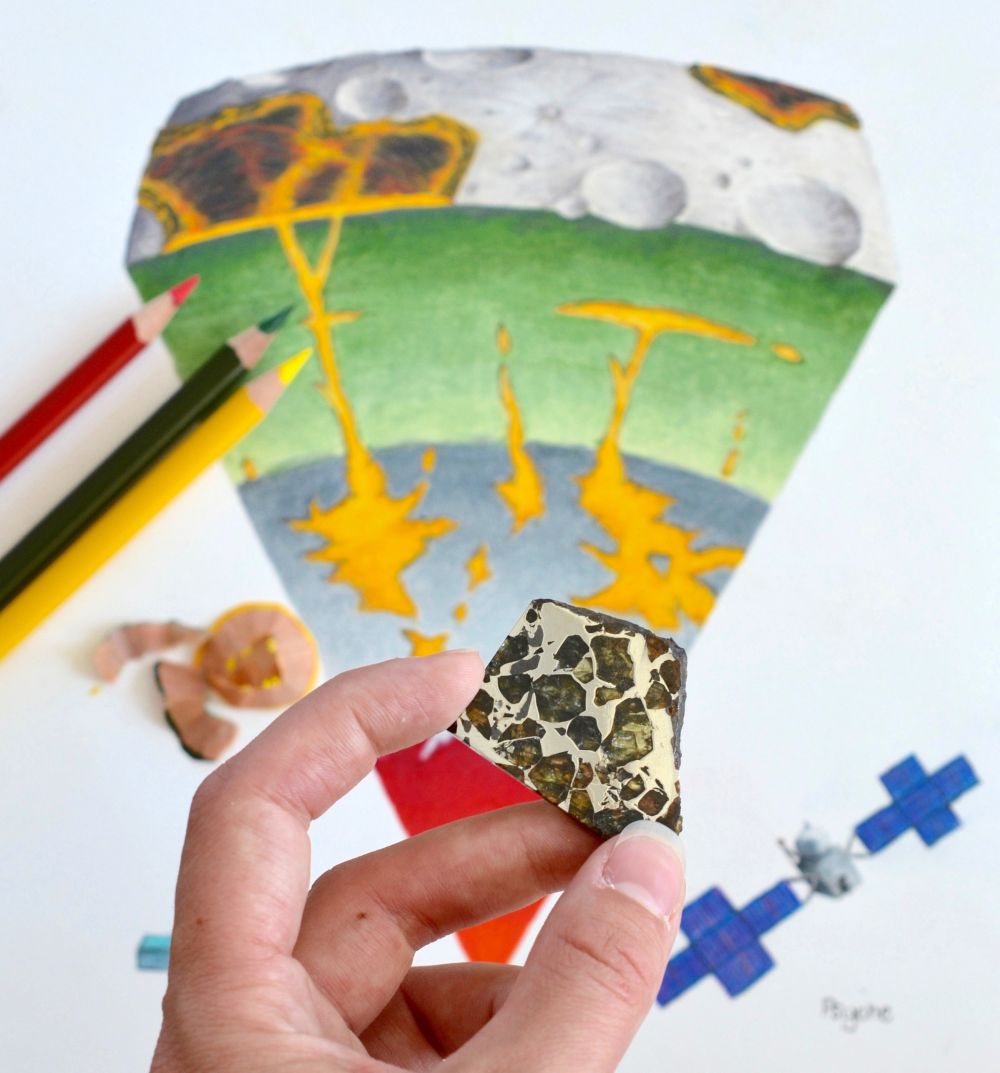
Remember the asteroid Psyche? It’s the largest known asteroid in the asteroid belt between Mars and Jupiter. It’s been in the news because of its unusual properties, and because NASA plans to launch a mission to Psyche in 2022.
Psyche, aka 16 Psyche, is unusual because it’s quite different from other asteroids. Psyche appears to be the remnant, exposed nickel-iron core of an early planet. Because of that, Psyche is a building block left over from the early Solar System, when planets were still forming. It’s like a planet without a crust.
Continue reading “Metallic Asteroids Might Have Had Volcanoes Erupting Molten Iron. That’s So Metal”

